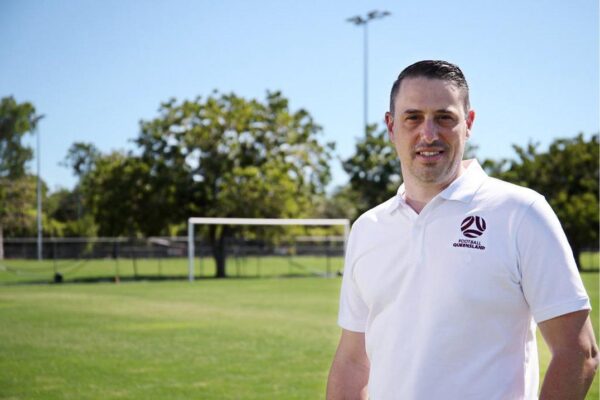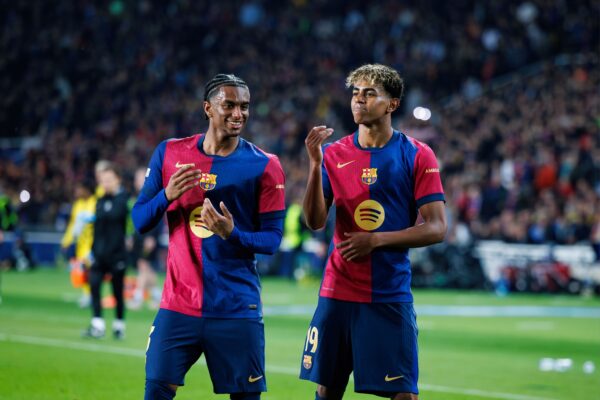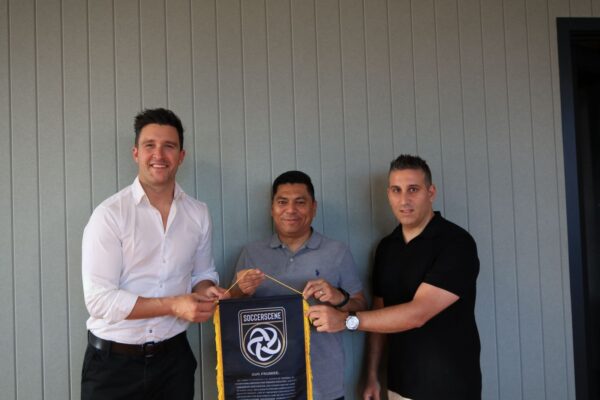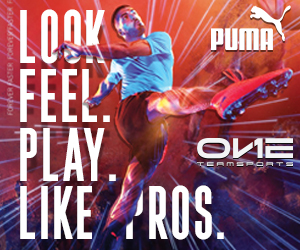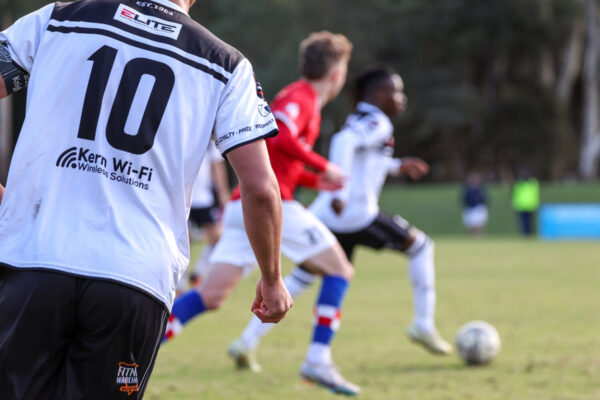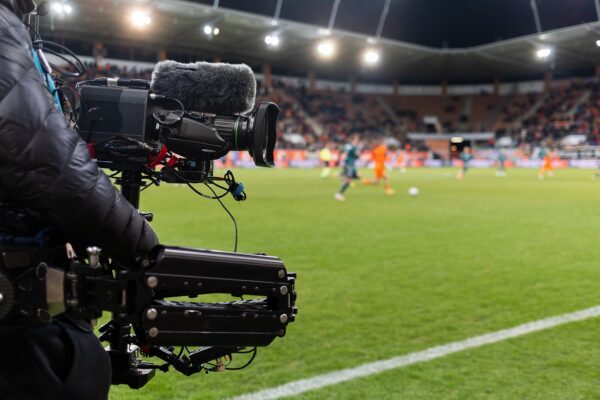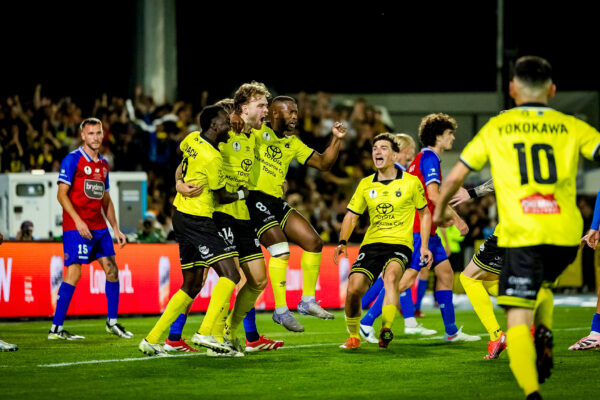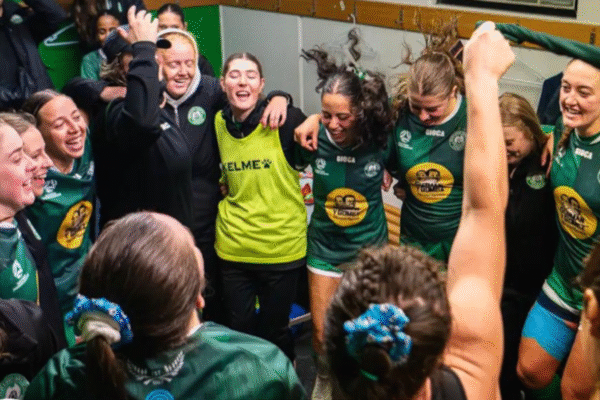
Boob Armour is a revolutionary Australian business dedicated to women’s safety and empowerment that has emerged as a beacon of hope in the field of breast protection.
Founded by Suzie Betts with a mission to support and educate females, Boob Armour is not just another company – it is a movement that embraces strength, resilience and empowerment.
Boob Armour has changed the way female’s approach safety during physical activities and sports. With their cutting-edge products and commitment to education, they are making a significant impact on female’s lives.
The inception of Boob Armour was inspired by the personal journey of Suzie finding lumps in her breast due to trauma she faced in her younger years that left her feeling vulnerable and unsupported. Determined to find a solution, she embarked on a mission to design innovative breast protection that would ensure both comfort and safety and create a positive change.
At the heart of Boob Armour’s mission is empowerment. By providing specialised breast protection, Boob Armour enables females to participate in physical activities with confidence and without the fear of injury.
Their products are designed with the utmost care, prioritising both functionality and style, ensuring that females feel comfortable and empowered while wearing them.
Through workshops, online resources, and collaborations with medical professionals, Boob Armour ensures that females have access to the latest information and expert advice on breast injury prevention.
Boob Armour’s dedication to education goes beyond individuals; they also collaborate with schools and sports organisations to implement breast injury prevention programs.
In an exclusive chat with Soccerscene, Suzie Betts shared some insights about the beginnings of the company, their involvement with the FIFA Women’s World Cup and the impact Boob Armour will have in the future of female sports.

Can you tell us more about the inspiration behind the creation of Boob Armour and how your personal health scare played a role in its development?
Suzie Betts: The inspiration from Boob Armour was obviously from a trauma that I received and presented itself later in life.
Having two daughters who played contact and impact sports, it became my mission to make sure that they, for one, were protected from any type of impact injury. It then progressed from there, as I became more and more aware of the research regarding breast trauma and it became my mission to protect all females playing sports right from grassroots to elite.
Young girls can experience a trauma that obviously hurts at the time, but also may present itself later in life with lumps that can be mistaken for breast cancer cells. We are wanting to create the habit of protection as soon as the girls start playing sports. So, they pack their bag for soccer, they pack their shin guards, their mouth guard, and they pack their Boob Armour – they’re creating that habit.
Breast health is a significant concern for women. How does Boob Armour promote breast health and what measures do you take as a brand to promote this?
Suzie Betts: We are a breast health platform focused on opening up conversations about breast health, impact, and injury. We aim to address the unreported nature of breast injuries and promote discussions to make it a comfortable topic, similar to discussing injuries to other body parts. Professional athletes like Katrina Gorry from the Matildas support our cause and have worn our inserts to protect their milk supply while breastfeeding. Many other elite athletes in sports such as basketball, netball, Aussie rules football, and more are also recognising the importance of breast protection.

Can you explain how the design and materials of Boob Armour provide comprehensive protection and support to female players during the Women’s FIFA World Cup?
Suzie Betts: Our product ensures a snug and comfortable fit for females with different breast sizes and shapes. It easily slips into their favourite crop top or sports bra, making it comfortable and easy to wear. The inserts are lightweight (15g each), thin (2mm), and breathable. We offer a range of sizes, and our website features a Fit Calculator to help find the perfect size. Made of polyethylene, our inserts absorb impact effectively, providing the best barrier between impact and the breast.
Well-fitted sports bras with proper breast protection, Boob Armour, helps ensure physical comfort, minimise the risk of breast-related injuries, and enhance body confidence. By providing the necessary support and safety, breast protection allows female players to focus on their performance with greater peace of mind, contributing to their overall well-being and self-assurance on the field during the Women’s FIFA World Cup.
In what ways does Boob Armour contribute to the emotional well-being and self-confidence of female athletes competing in the Women’s FIFA World Cup?
Suzie Betts: There still needs to be more education on the long-term effects so that females are aware of what an elbow to the breast in a soccer game really does.
We now have medical evidence that a trauma can affect a woman’s breast feeding capabilities. This is an emotional & stressful time for a new mother and if this can be avoided with adequate protection, it should be.
In soccer, player safety should be paramount and that includes recognising the sensitivity and vulnerability of the breast area. An elbow to the breast should be recognised as a “strike attempt” just like any other contact that can cause pain and potential injury and therefore penalised.
If breast protection was mandated like shin guards & mouthguards that would empower current and future generations of female soccer players, sending a powerful message about inclusivity and the importance of respecting the female body in the game.

What are your plans for Boob Armour? Are there any new developments or improvements on the horizon?
Suzie Betts: As our global expansion continues, we are thrilled to see a surge in athletes from different regions, all recognising the crucial role of breast protection. The United Kingdom, Europe, and the USA have shown immense interest across a wide range of sports. Moreover, we have made strides in partnering with major teams, leagues, and colleges to integrate our innovative PPE strategy into their progression models. Our influence reaches even further, collaborating with Gaelic Sports teams in Ireland and making an impact in countries like India, where cricket and hockey enjoy immense popularity.
Together, we are championing the cause of safety and empowerment in sports.
For more information regarding Boob Armour and the impact they are having in the education of breast injuries visit: https://www.boobarmour.com.au/about-us/



